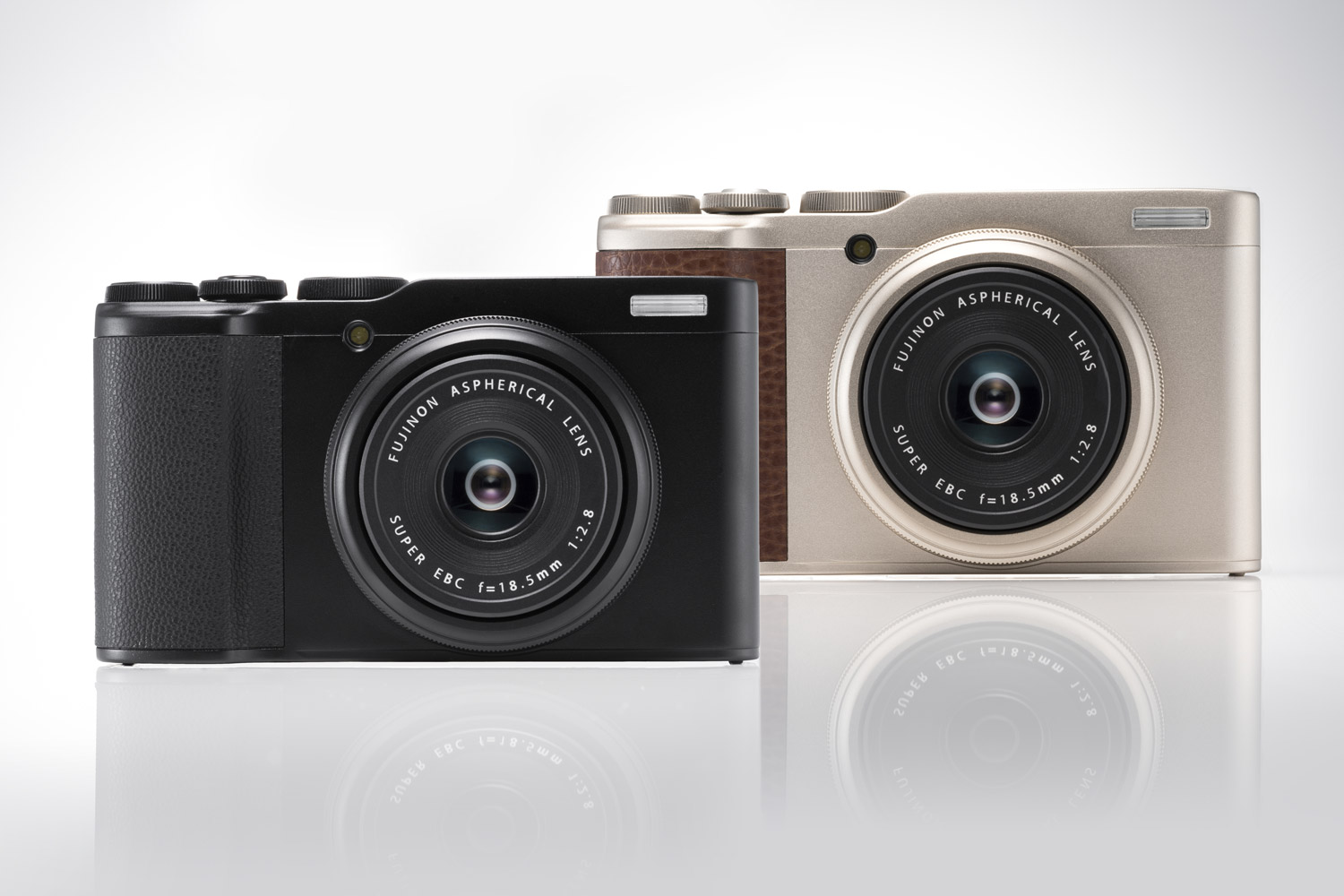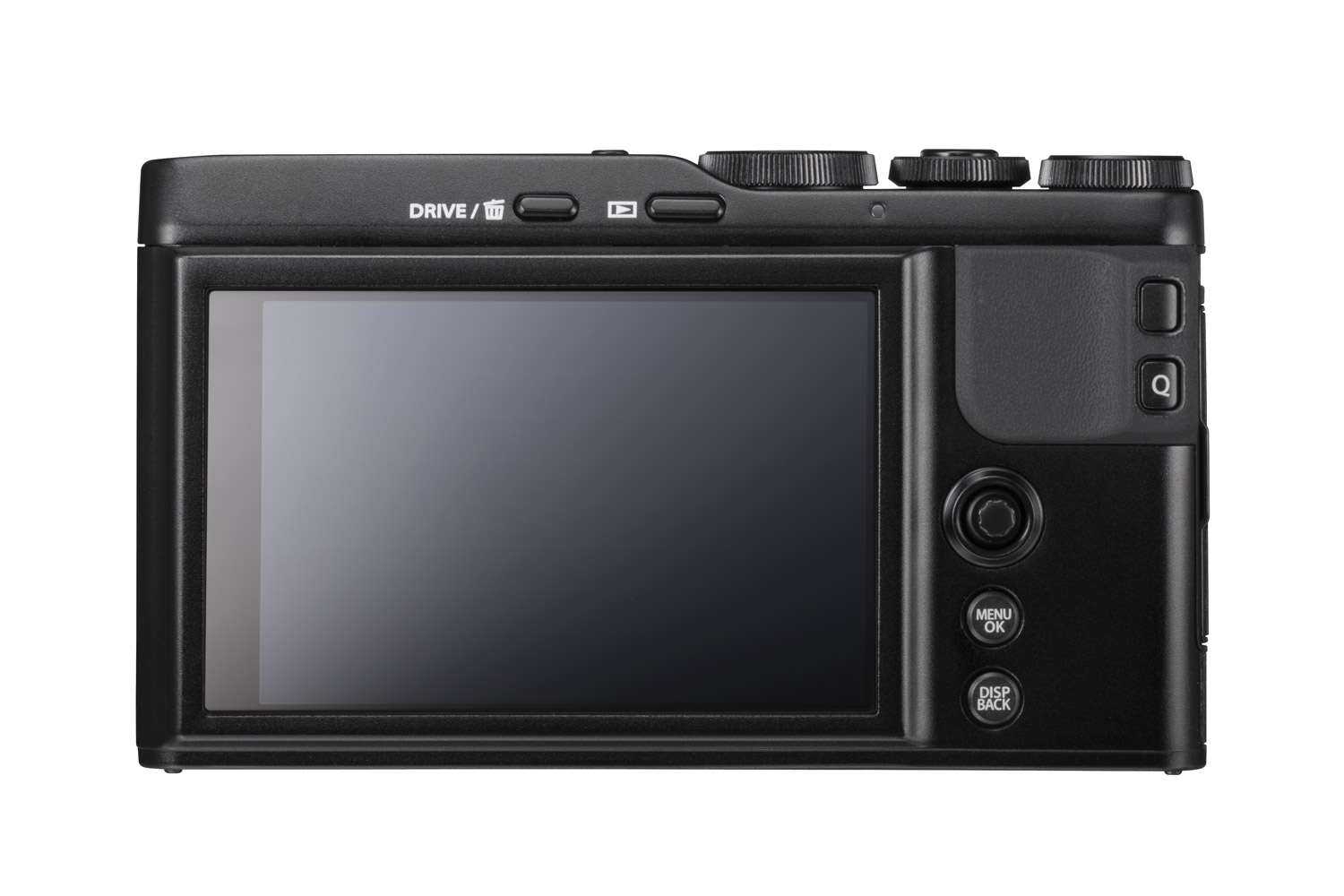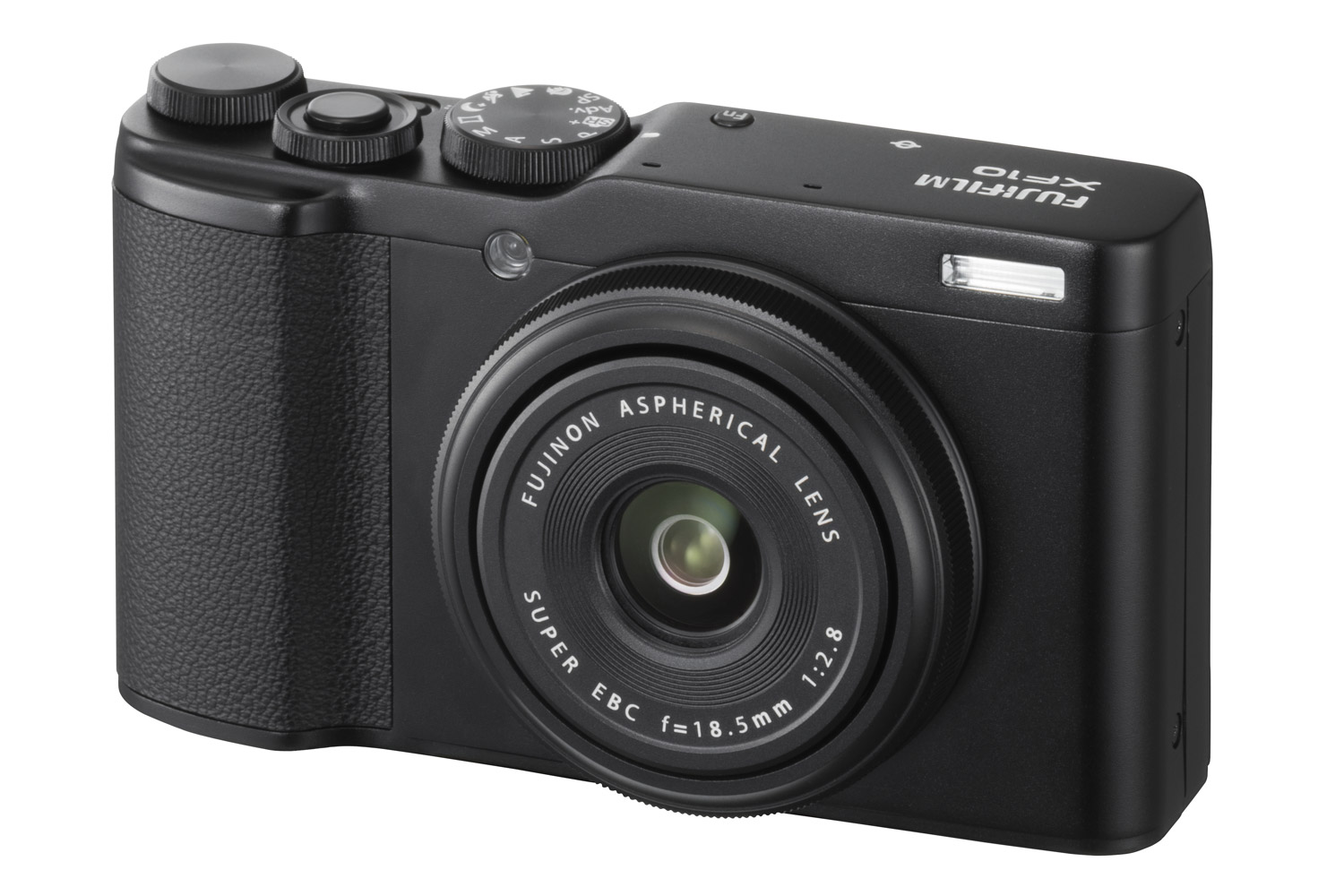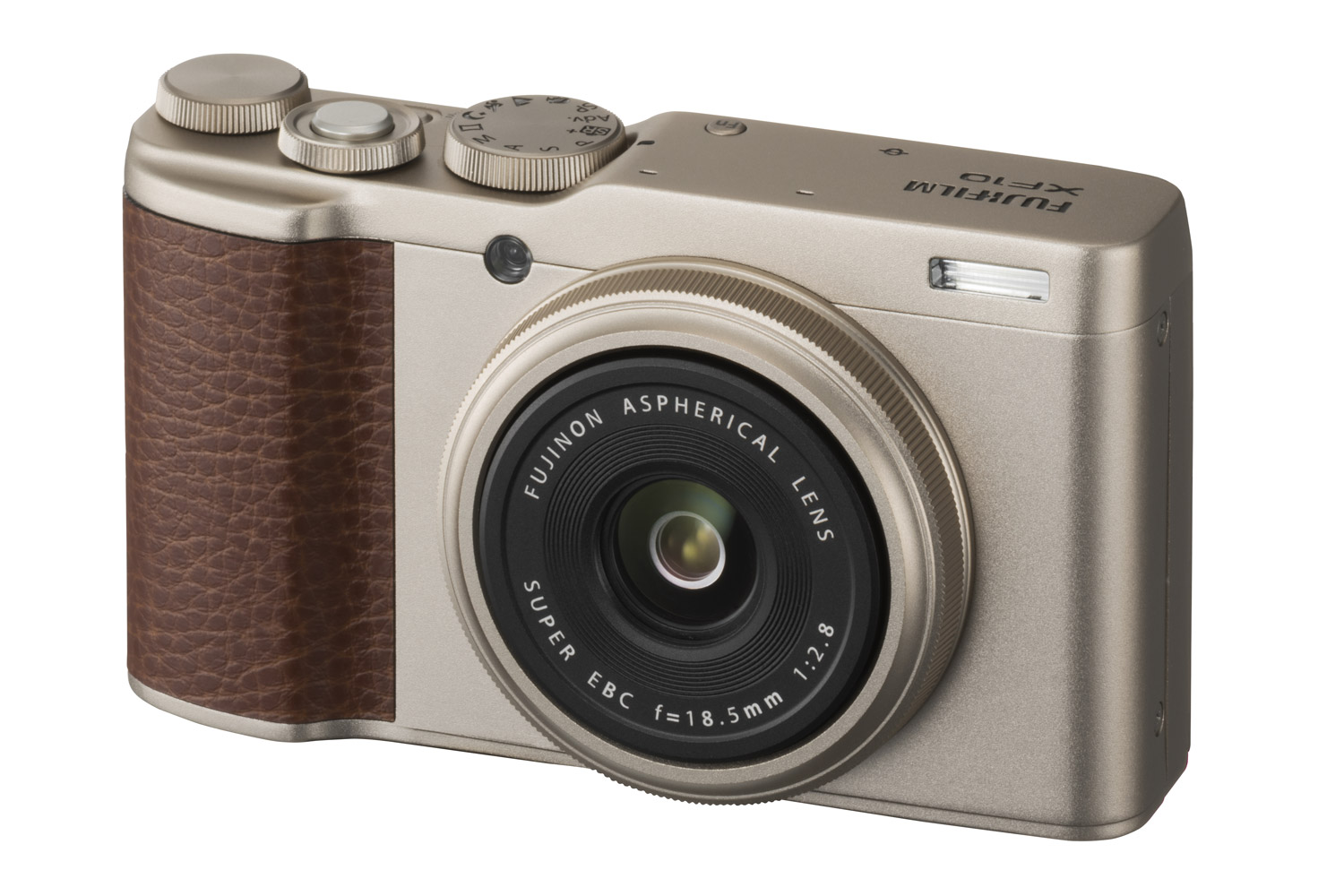Picture a pocketable camera with a large APS-C sensor and fixed, 18.5mm (28mm full-frame equivalent) f/2.8 lens. This formula has been used by several manufacturers over the last few years, from the Ricoh GR, to the Nikon Coolpix A, to the Fujifilm X70. Yet, none of these cameras really made an impact beyond their niche markets. Fujifilm may have found a way to change that with the new XF10.
It has been 2.5 years since Fujifilm launched the X70, and the XF10 initially sounds like an upgrade to it — but really isn’t. It has a 24MP APS-C sensor, up from the 16MP unit in the X70, but it uses a standard Bayer array as opposed to the X-Trans sensor in the X70 and the higher-end X100F. As far as we can tell, the Fujinon aspherical 18.5mm f/2.8 lens is exactly the same as that used in the X70, however — which we certainly wouldn’t mind; it was a great lens.
It also features a slimmed down body without the more “professional” style grip and button layout of the X70. Gone, too, is the tilt screen, replaced by a fixed 3-inch monitor. One interesting change is the inclusion of what looks like an autofocus joystick, which seems to have completely replaced the usual four-way button cluster on the back of the camera.
But where the X70 hoped to appeal to the enthusiast, the XF10 is looking more toward the casual photographer who appreciates the simplicity of shooting with a smartphone but wants higher quality results. At 28mm equivalent, the lens offers a comparable field of view to most phone cameras, but the large sensor will provide significantly improved image quality, especially in low-light settings. Perhaps most importantly, while the X70 came in at $700, the XF10 is just $500 — putting it within impulse buy territory for many consumers.
There are also other features geared toward casual users, like a 1:1 square crop mode that mimics the classic Instagram frame (and probably pairs nicely with Fujifilm’s Instax SP-3 square format printer). This is a bit of a gimmick, as you can obviously crop a photo to square in postproduction — even in Instagram — pretty easily. But it’s a nod to a generation of users whose photograph hobby grew up around the social network. Additionally, two new filters offer some in-camera creative control. The “Rich and Fine” filter boosts saturation and brightness at the center of the image, while adding a vignette to the corners. The “Monochrome [NIR]” filter creates black-and-white images with an imitation near-infrared effect.
The XF10 also features Bluetooth 4.1 for low-energy wireless connectivity. Video can be shot in 1080p at up to 60 frames per second, although it technically shoots 4K video — but only at 15 frames per second, like we first saw on the X-A5.
Overall, we expect the XF10 to be a nice travel camera for entry-level users that should outshine your phone camera without adding too much bulk to your pockets or purse. Although, we’d still love to see a true replacement to the X70 one of these days.
Editors' Recommendations
- Fujifilm’s new Instax Pal camera is fun, but pricey
- Fujifilm’s GFX 50S II is the cheapest medium-format camera ever
- Watch out Samsung, Xiaomi’s Mi 10 and Mi 10 Pro have 108MP cameras too
- Fujifilm X-T3 vs. Sony A6600: Flagship APS-C mirrorless cameras compared
- Pixel 4 XL vs. iPhone 11 Pro vs. Note 10 Plus vs. OnePlus 7T: Camera shootout








